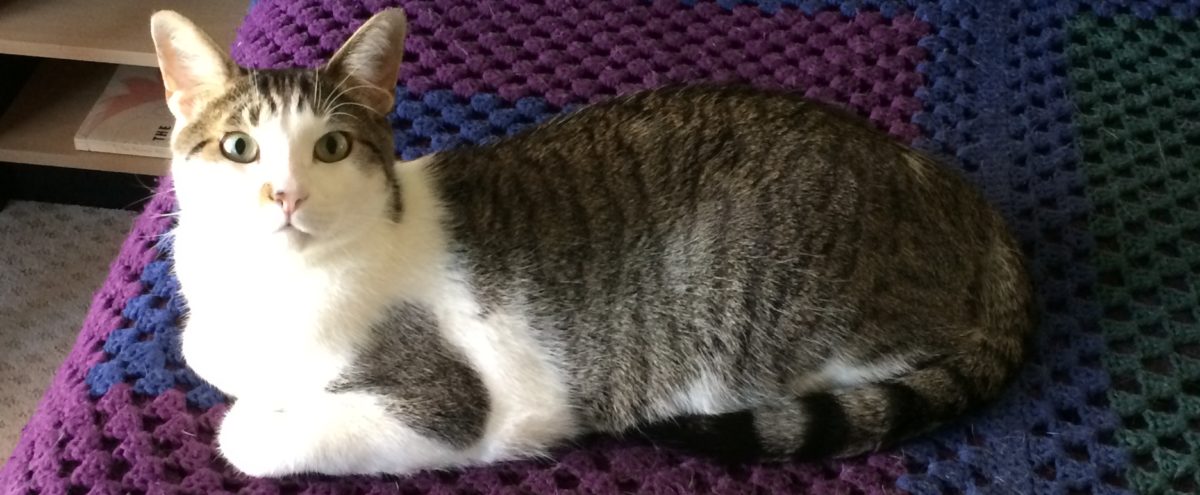I almost never write about economics: Not my own finances, not anyone else’s, not the economy. I leave that stuff to J.D. But economics is fascinating in many ways, and never more so than these days, given the economic free-fall that many of the world’s economies are undergoing.
A couple of years ago I started getting suspicious about all the subprime lending going on. My own finances are in pretty good shape – I play things very conservatively, mostly out of laziness – but I’m not very comfortable getting an ARM due to the uncertainty it introduces, so it seemed to me that people in riskier financial shape than me were taking out mortgages a lot riskier than ARMs, and that once they reset, they were probably going to default on them. I suspected that once that happened the housing market would take a plunge.
I’m not the only one, as you can see in this YouTube video which is a series of clips from 2006 and 2007 in which Euro Pacific Capital president Peter Schiff repeatedly warns of the oncoming economic crisis, and is scoffed at – sometimes outright laughed at – by other talking heads in the shows. It’s like he was the only person on the shows who was even paying attention. (via BoingBoing.) Joe Nocera has further comments in response to the video here.
(These clips also show what an ass Ben Stein is, but we already knew that.)
If I a little smart for seeing the problems two years ago, honestly I figured that there would be 2 or 3 years of defaults and a housing slump – rather like what happened during the Dot Com Bust – and then things would be back to normal. But it looks like the recession is going to go on much longer and deeper than I’d have imagined. If I was so right, why was I also so wrong?
Because I didn’t really understand the depths of what was going on. But some people had an inkling. Take a look at Michael Lewis’ article at Portfolio.com, “The End” (of Wall Street as we know it). Lewis is a fantastic writer, and he’s in top form in this article, which follows a small group of analysts figuring out how royally screwed up things have become on Wall Street in the last 25 years. Every page is fascinating.
Lewis concludes his article by laying much of the blame for the mess at the feet of a system which has divorced the people financing the risk-taking from the people actually taking the risks. In other words, the people taking the risks aren’t risking their money.
What’s plastered all over Lewis’ article, but not really addressed head-on, is how Wall Street for over two decades has continually come up with new ways to package and repackage and sell their ‘products’, phantasmal constructs which represent real wealth and money, but which are so separated from them that a canny (or even clueness) manager can position them to mean something very different from what they really represent. For example, the class BBB loans in Lewis’ article that gets repackaged as tranches in which a fraction of the loans become rated class AAA. It’s like this famous Sydney Harris cartoon:

It’s the miracle of high finance.
While all very clever, not only does it seem at best a delaying tactic – sooner or later you have to come down from the tree and then the tigers are going to eat you – it got to the point where no one really understands how the delaying tactics work. People started to tweak the edges, but had no idea of the ramifications of what they were doing, and worse, they didn’t even know that they didn’t know what they were doing! (I suspect this goes on a lot more than people think in industries with complicated business practices; I wonder how many people who work in managed care in the health industry really understand how it’s supposed to work, never mind how it actually does work?)
I’m generally in favor of regulation of big business, but in this case I wonder whether regulation could even have helped, short of simply prohibiting many of these practices because they were incomprehensible to the regulators. Or maybe if there were regulatory oversight that forced businesses to really understand what they were doing, that might have helped forestall the crisis.
It’s not that I don’t mind companies taking risks, but I think they should understand what the risks they’re taking mean, and the risk-takers should bear the burdens of those risks if they go poorly. Unfortunately I think our society has been set up to minimize the risks to the people who reap most of the rewards of those risks. And that’s a recipe for disaster no matter how you slice it.
(Coming soon: The credit card debacle.)













